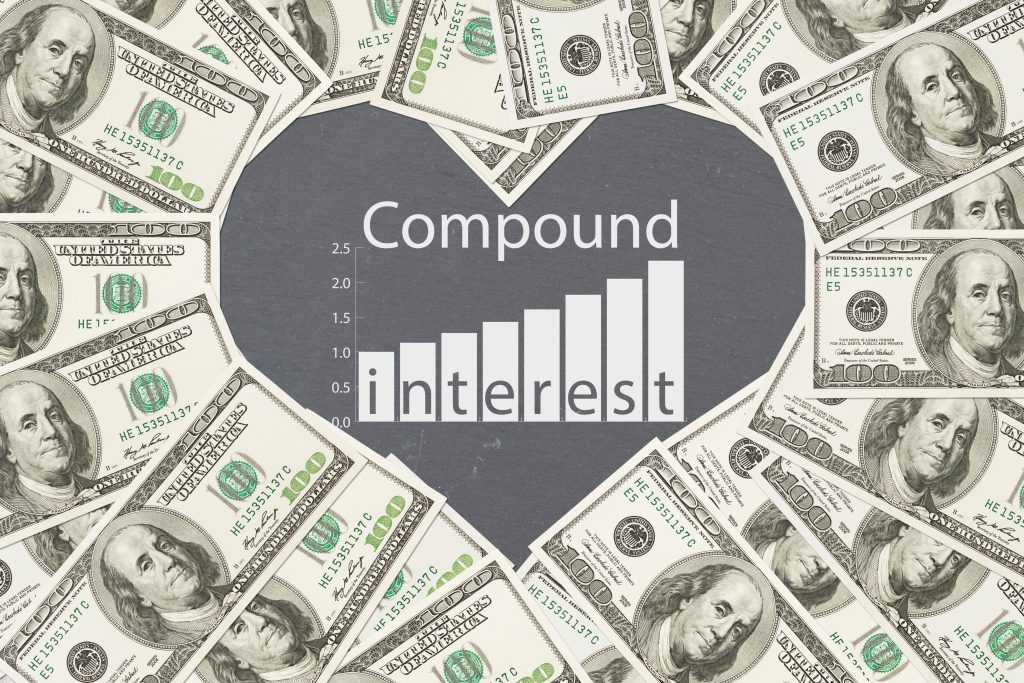
Compound interest is a word you may be familiar with if you’re considering investing your money. It is magical, so you’ve certainly heard excellent things about it, but you might not know what it is or why it’s so fantastic.
Let’s review how compound interest impacts your investment in more detail.
How does compound interest work?
The interest you earn on interest is known as compound interest. Confused? Here’s an illustration:
- You have $200,000 that is earning an annual interest rate of 10%.
- The first year will leave you with $220,000.
- You’ll have $242,000 after the second year.
- You made a total profit of $2,000 on top of the $20,000 in interest gained during the second year on your initial investment.
Even while the additional interest may not seem like much now, it will grow with time. After ten years, if you never add another dollar to that account, you will have $518,748.49. That is how compound interest works.
A compound interest calculator can be used to determine how much your money can increase.
The quantity of compounding periods is a crucial consideration when computing compound interest. You will earn more compound interest if there are more compounding periods.
Periods of compounding can be:
- Annual (once a year)
- Semi-annual (every six months)
- Quarterly (every four months)
- Monthly (every 30 days)
Let’s utilize the aforementioned example to illustrate how your money will be affected by various compounding times.
Semi-Annual
Your $200,000 has a ten percent interest rate paid every six months.
The first year will leave you with $220,500.
You’ll have $243,101.25 by the end of the second year.
Quarterly
You have $200,000 that is earning an annual interest rate of 10%.
You’ll have $220,762.58 after the first year.
You’ll have $243,680.50 by the end of the second year.
Monthly
You have $200,000 that is earning an annual interest rate of 10%.
You’ll have $220,942.61 after the first year.
You will have $244,078.19 at the end of the second year.
Why Does Compound Interest Work Like Magic?
Compound interest’s brilliance is that it makes your money work for you. Therefore, your investment will continue to increase even if you never make a further deposit.
You can considerably increase the amount of money you invest and the number of compounding periods.
Age is crucial in this case if you want to maximize your investment returns. This graph demonstrates the impact of compound interest for an investment of $250 made monthly at an annual return of 8%:
Age 25: You’ll have $878,570 when you’re 65.
Age 35: You’ll have $375,073 when you’re 65.
Age 45: You’ll have $148,236 when you’re 65.
The sooner you begin, the more money you’ll amass. That is all there is to it, basic and complex alike. Obviously, finding the money each month to invest is difficult (I get that), but these numbers should serve as inspiration to find the money (by making cuts or taking on a second job, for example) so you can retire eventually. You know, without anxiety and stress related to money.
